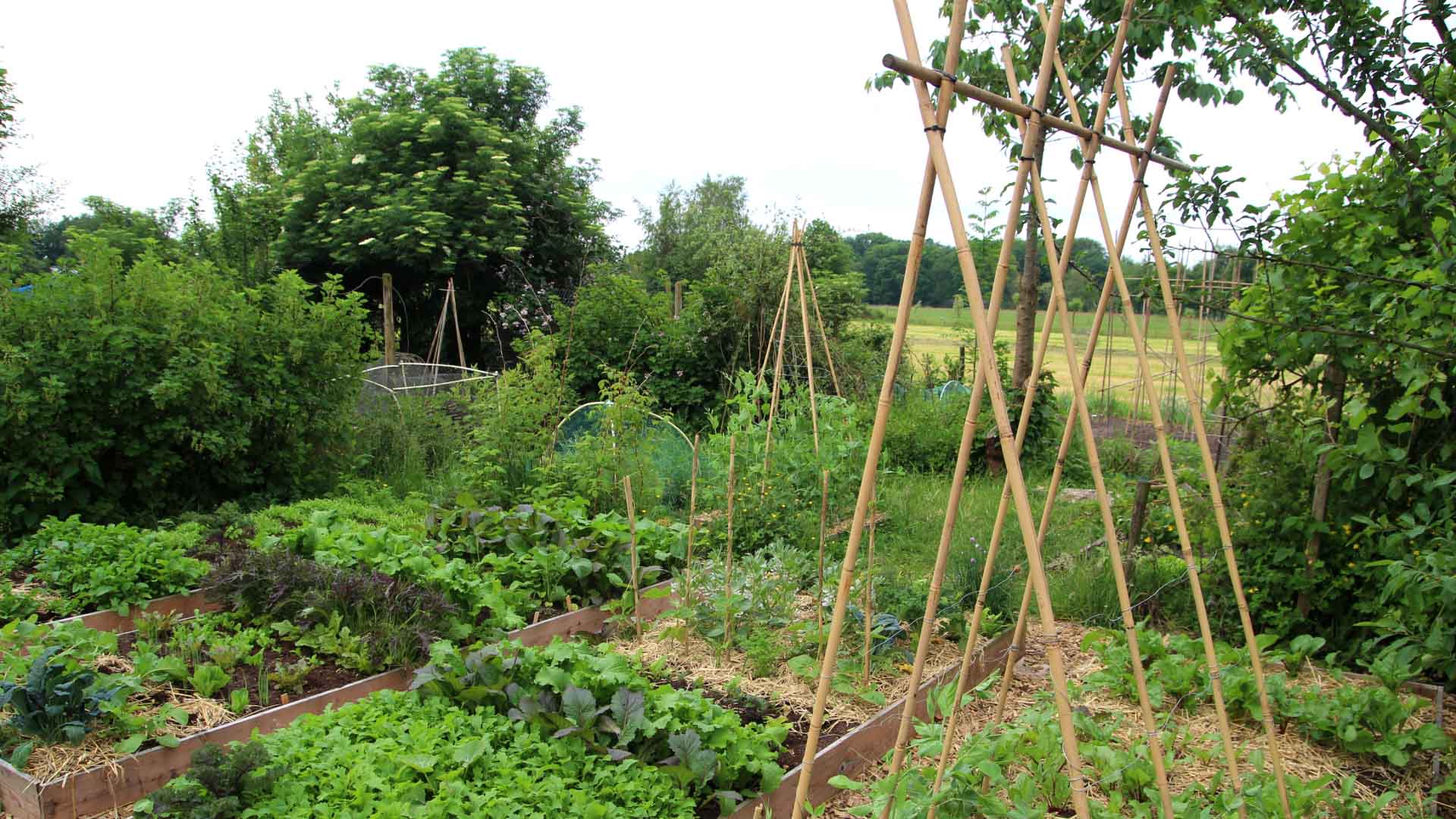If there’s one thing that connects the people of the world, it’s agriculture, all the world’s population depends on agriculture for their daily food essentials and other basic requirements. Despite the huge need for agriculture in our daily day-to-day lives, only a few countries are focused on agricultural development. The areas dedicated to farming and the growth of edible plants are mostly rural and underdeveloped.
Since the world’s food security is significantly dependent on the health of the agricultural sector, it is very important to keep a check on the challenges being faced by this industry, to mitigate the risks timely and to ensure a consistent supply of food and other agricultural products. The most prominent issues being faced by the agricultural sector today include a decline in the availability of arable land and freshwater, use of outdated cultivation methods, the depletion of natural resources, and the rise in environmental pollution. All these factors pose a high risk to Agricultural sustainability today.
Current Challenges faced in the Agricultural Sector are:

Agriculture
How Digital Agriculture Companies Are Revolutionizing the Farming Industry
In recent years, the farming industry has undergone a significant transformation with the advent of digital agriculture. Gone are the


